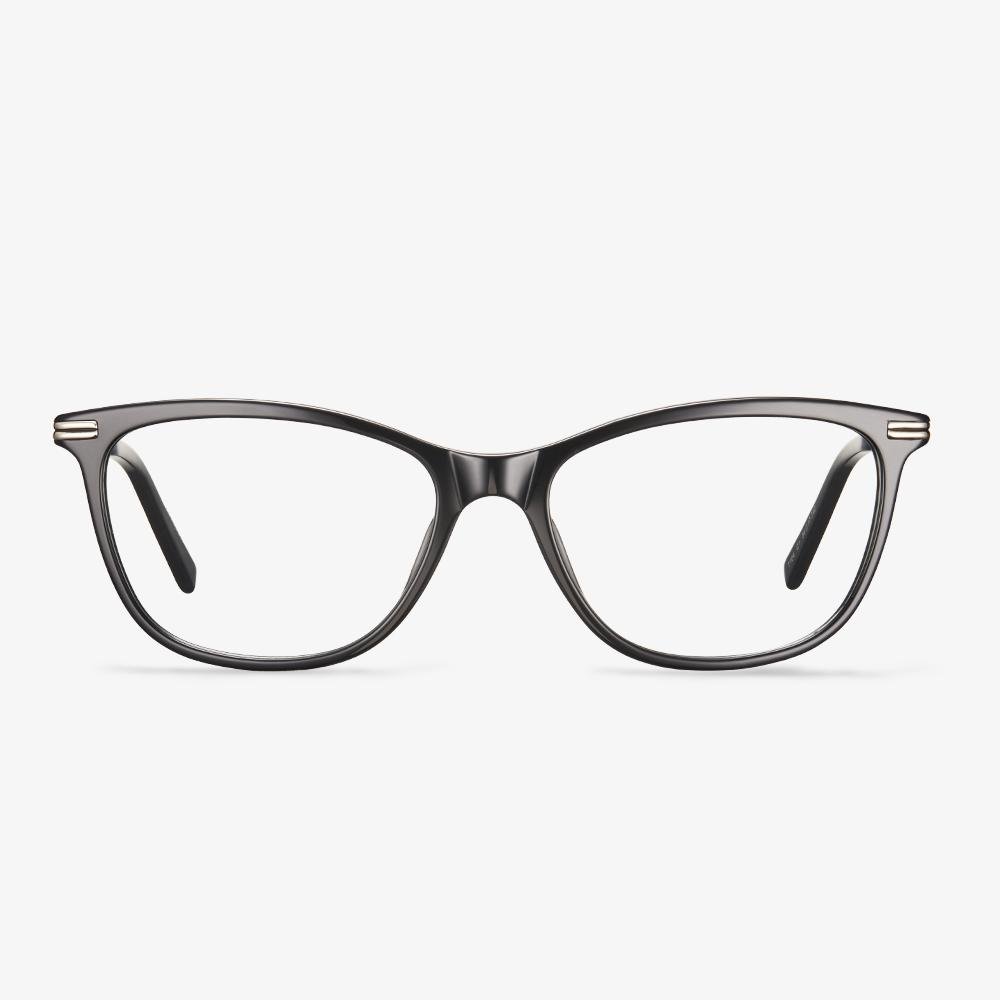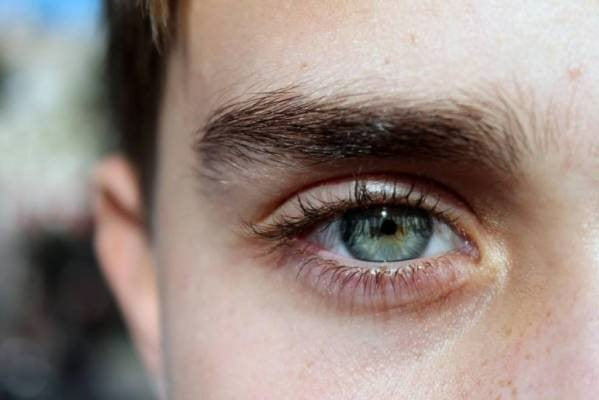The hazards of rusty spectacle frames
The most common allergenic metal is nickel. Once allergy occurs, it can cause contact dermatitides such as redness, swelling, itching, and yellow water on the surrounding skin. Many alloy products in daily life contain nickel, such as coins, various alloy products, electroplated objects, spectacle frames, metal watchbands, belt buckles, artificial jewelry, underwear buckles, etc. Their direct contact with the skin will cause allergies to sensitive people. Therefore, the temples and nose pads are the parts that contact the skin with a larger area. In particular, the outer surface of the metal frame and the metal contain a large amount of nickel, which can cause rust spots and skin corrosion, and allergies through contact with the skin and the erosion of sweat.
What progressive spectacle lenses are best?
Essilor is a brand, and it designs, manufactures, and markets a wide range of lens products to help people correct and protect their vision. Essilor adheres to the corporate mission of 'improving vision, improving life', invests 200 million euros in research and development every year, and constantly launches new products to enhance consumers' experience in wearing glasses. Continuous innovation has always been the core gene of Essilor. In 1959, Essilor created the resin lens, and in the same year, it invented the world's first progressive lens. Innovation involves technology, manufacturing, sales, and service. Based on innovation, they can make as many people as possible obtain visual health, and this is the driving force to promote their development.
The Price of Progressive Lens
On both sides of the lens of the progressive lens, some places are deformed, which makes the image blurred. In addition, it has a narrow field of view in the near and middle distances. The narrow focus point for a long time can easily make the eyes tired. It is suitable for the alternate vision of far, middle, and near. Under normal circumstances, the price of the progressive lens is different from the purchase merchant, region, brand, and quality, but the price of the progressive lens on the official website is between 30-85 US dollars. Of course, some products will be less than $30, or more than $85.
Does it take time to adjust to progressive lenses?
How long should it take to get used to progressive lenses? I have never worn glasses before.Progressive lenses were developed to allow easy switching between near and far views. Progressive glasses are divided into four parts. The upper part is the far-light region. The lower part is the near-light region, and the middle part is a variable light region. From top to bottom, if the hyperopia film is gradually increased and the myopia film is gradually decreased. The middle variable area is on both sides of the astigmatism area. Because of the prism effect, when you see things, through this area, the object will be blurred, and the eyes will feel uncomfortable. If the height of the frame itself is very small, the transition zone of progressive multi-focus is very narrow, and the eyes may not adapt to the sunglasses. The current design of progressive lenses is still not mature. Imported brands are relatively stable but expensive, and domestic brands are not mature in design. For various reasons, progressive glasses may be difficult to adapt to wearing.
Glasses Size - Lens Height
Lens height is the length between the top edge of a lens and the bottom edge of that lens. Lens height is the distance between the lowest point of the lens and the top of the frame above it. This number may be influenced by the style of your glasses.
A round face fits on a square frame.
The human face of a round face is shorter. So they had better match the slender frames that take curves slightly to reconcile the whole feeling. Angular and square frames are helpful to modify facial lines (prominent longitudinal lines). This can promote strengths and avoid weaknesses so that your face appears contour.
The resurgence of celluloid glasses
However, in recent years, celluloid glasses have quietly returned to warm; It all started with a niche Japanese brand of handmade eyewear.
Most of Japan's top hand-made celluloid glasses are made in Mako Prefecture and are a favorite of many celebrities. Celluloid is a plasticizer with nitrocellulose as the main raw material. Cotton, pulp, and other fibers make up 70% of the raw material, which is mixed with camphor. Although the color is relatively limited, it has a unique material texture and texture, so Japanese handmade frame makers have been insisting on using it. Moreover, because celluloid is pretty stable when it dries, it can be shaped into a finer shape, keeping the frame intact even without metal leg cores.











































